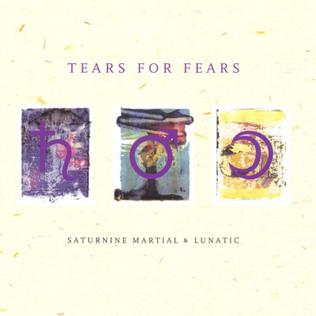They were united, however, in not letting their record company dictate their output, especially after the release of 13, a fairly obvious collection of hit singles. So they continued to hone their craft, building on the simpler collaboration that made Morrison Hotel a step forward. And when they got stuck for ideas, they leaned on the blues. That itself wasn’t such as stretch, as their first album featured “Back Door Man”. The blues are easy to play but tough to master; having only three chords forces the players to be creative with them, and with (usually) two repeated lines before a third response, the lyricist must make the most of the limited space. On L.A. Woman, the best explorations succeed, and the others plod.
A blast of organ-driven funk opens “The Changeling”, with Jim’s grunts and shouts complementing the scowling, bearded face on the album cover. It’s a stark contrast to the straight commercial rock of “Love Her Madly”, one of their better singles, but then it’s back to the generic blues of “Been Down So Long” and “Cars Hiss By My Window”; at least the latter has better lyrics, but the Stones gave up this kind of wandering by their sixth album. The title track, with its multiple parts and shifting speeds, still evokes a feeling of speeding down brightly lit highways at night.
“L’America” manages to approach some of the actual poetic experiments of earlier albums, but still manages to throw in a naughty albeit clever play on words. A wonderful surprise is “Hyacinth House”, with a shimmering guitar, Jim’s inspired delivery, and Hammond organ using the same stops Richard Wright found in Pink Floyd. “Crawling King Snake” is proof that they only had so much in the hopper, but “The WASP (Texas Radio And The Big Beat)” is an excellent meld of his poetry and their interpretation of it. They almost sound like a unit. The best development of the blues format and what the band could actually do comes forth in “Riders On The Storm”, also notable for being one of the few songs that uses rain as a prominent sound effect, yet doesn’t sound like a toilet running.
Knowing what we know now, L.A. Woman becomes a bigger thing than it was, though some have suggested that many of the insiders suspected it would be the band’s last album. As it is, it wasn’t a bad way to go out. The three most-recognized tracks from the album should be enough to entice anyone to buy it, and the added attraction of “Hyacinth House” and “The WASP” will balance out any boredom.
Because people who should don’t pay close enough attention to these things, the album has been reissued twice as a so-called 40th Anniversary Edition: first in 2007 with the other albums, and then again five years later to belatedly celebrate the album itself. The earlier expansion added a previously released, posthumously overdubbed outtake and contemporary B-side, while the later one focused on alternate versions of most of the tracks, plus two other outtakes. Nine years after that, these were joined by yet another expansion, this time adding a previously released demo of “Hyacinth House” and an early version of “Riders Of The Storm” to the album on one disc, and filling up two more discs with previously unreleased alternates and outtakes, making it the fourth copy of L.A. Woman completists must own.
The Doors L.A. Woman (1971)—3
2007 40th Anniversary Edition: same as 1971, plus 2 extra tracks
2012 40th Anniversary Edition: same as 1971, plus 9 extra tracks
2021 50th Anniversary Edition: same as 1971, plus 19 extra tracks







